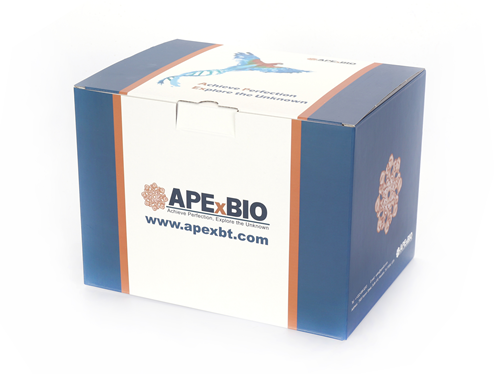Recombinant Human CD59
CD59, also known as membrane attack complex inhibition factor (MACIF) and Protectin, is an approximately 8.92kDa GPI?anchored glycoprotein that is an important regulator of the complement system in blood. The complement system triggers innate immune responses to immune complexes, MBL?opsonized microorganisms, and apoptotic cells through the classical, lectin, and alternative pathways. One major consequence of complement activation is the assembly of a membrane attack complex (MAC) composed of one molecule each of complement proteins C5b, C6, C7, and C8(C5b?8) followed by the incorporation of multiple copies of C9(C5b?9). Membrane insertion of the MAC results in formation of a cytolytic pore in the target cell.CD59, which is widely expressed on healthy cells, binds to both C8 and C9 and shields them from complement?mediated lysis. It inhibits MAC pore formation by blocking C5b?8 complex membrane insertion and the incorporation of C9 molecules. The binding of CD59 to C8 and C9 is species?selective, and this contributes to the restricted ability of MACs to lyse cells of other species. The cytoprotective function of CD59 plays a variety of roles in pathology. It limits tissue damage and inflammation following ischemia/reperfusion injury. It also protects against the development of atherosclerosis and abdominal aortic aneurysms. Its protectiveness can be inactivated by diabetes?induced glycation, leading to increased MAC deposition and hemolytic anemia. In contrast, CD59 can be exploited to promote red cell lysis; it functions as a cellular receptor for the bacterial pore?forming toxin intermedilysin. CD59 can be incorporated into several enveloped viruses such as hepatitis C virus where it limits the destruction of virus particles. Aside from its complement regulatory functions, CD59 limits the activation of T cells following their interaction with antigen presenting cells, but it promotes NK cell activation through association with NKp30 and NKp46. In mouse, gene duplication has given rise to two related proteins, CD59a and CD59b. Mature human CD59 shares 37%, 43%, and 44% amino acid sequence identity with mouse CD59a, mouse CD59b, and rat CD59, respectively.
| Source | Escherichia coli. |
| M.Wt | Approximately 9.0 kDa, a single non-glycosylated polypeptide chain containing 77 amino acids. |
| AA Sequence | LQCYNCPNPTADCKTAVNCSSDFDACLITKAGLQVYNKCWKFEHCNFNDVTTRLRENELTYYCCKKDLCNFNEQLEN |
| Appearance | Sterile Filtered White lyophilized (freeze-dried) powder. |
| Stability & Storage | Use a manual defrost freezer and avoid repeated freeze-thaw cycles. - 12 months from date of receipt, -20 to -70 °C as supplied. - 1 month, 2 to 8 °C under sterile conditions after reconstitution. - 3 months, -20 to -70 °C under sterile conditions after reconstitution. |
| Formulation | Lyophilized from a 0.2 μm filtered concentrated solution in PBS, pH 7.0, with 1 mM DTT, 5 % trehalose. |
| Reconstitution | We recommend that this vial be briefly centrifuged prior to opening to bring the contents to the bottom. Reconstitute in sterile distilled water or aqueous buffer containing 0.1 % BSA to a concentration of 0.1-1.0 mg/mL. Stock solutions should be apportioned into working aliquots and stored at ≤ -20 °C. Further dilutions should be made in appropriate buffered solutions. |
| Biological Activity | Testing in progress. |
| Shipping Condition | Gel pack. |
| Handling | Centrifuge the vial prior to opening. |
| Usage | For Research Use Only! Not to be used in humans. |
Quality Control & DataSheet
- View current batch:
-
Purity > 97 % by SDS-PAGE analyses.
- Datasheet
Endotoxin: Less than 0.1 EU/μg of rHuCD59 as determined by LAL method.








